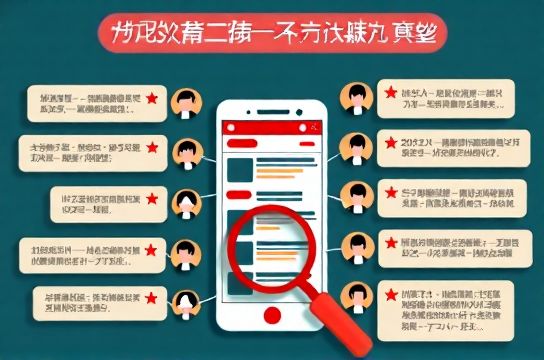China Online Shopping Tips: Identifying Fake Reviews on Taobao
- 时间:
- 浏览:39
- 来源:OrientDeck
Shopping on Taobao? You're not alone. With over 900 million active users, it's China's e-commerce giant — a paradise for bargain hunters and fashion lovers alike. But here’s the catch: not all those glowing reviews are real. In fact, many are fakes — planted by sellers to boost their ratings. So how do you spot them? Let’s dive into smart, street-smart strategies to separate truth from fiction.

Why Fake Reviews Are Everywhere
Taobao runs on reputation. Sellers with higher ratings get better visibility, more clicks, and more sales. That’s why some resort to "brushing" (刷单) — fake purchases with fake praise. Studies suggest up to 30% of reviews on popular items could be suspicious. Ouch.
Red Flags: How to Spot Fake Reviews
- Too perfect? A product with dozens of 5-star reviews and zero criticism? Red flag.
- Copy-paste vibes: Identical phrases like "Fast shipping!" or "Love this dress!" across multiple reviews? Likely bots or paid reviewers.
- No photos or videos: Real buyers love to show off. If most reviews lack media, be skeptical.
- New account spam: Check reviewer profiles. Accounts created last week with 50+ glowing reviews? Probably fake.
Pro Tips to Find Real Feedback
- Sort by ‘With Images’ — Visual proof is harder to fake.
- Read the negative ones — Scroll to 1-3 star reviews. Real complaints mention sizing issues, color differences, or delayed shipping.
- Look for detailed rants — Long, specific reviews (even positive ones) are usually genuine.
- Check review timing — A flood of 5-star reviews in one day? Smells fishy.
Real vs. Fake Review Comparison
| Feature | Real Review | Fake Review |
|---|---|---|
| Length | Detailed, 3+ sentences | Short, generic: "Good!" |
| Photos | Includes real product images | No photo or stock image |
| Tone | Balanced (pros & cons) | Overly enthusiastic |
| Reviewer History | Mixed ratings, normal activity | All 5-stars, sudden burst |
Use Tools to Stay Sharp
Luckily, you’re not defenseless. Try these:
- Taobao’s Filter: Click “Only Show Buyers with Images”.
- Third-party apps: Tools like Xianyu or Zhihu discussions often expose shady sellers.
- Google Translate + Screenshot: Copy Chinese reviews into translation tools to catch subtle clues.
The Bottom Line
Taobao is amazing — if you know how to navigate it. Don’t fall for the hype. Be a detective. Look for proof, not praise. And remember: if it looks too good to be true, it probably is.
Stay sharp, shop smart, and happy hunting!